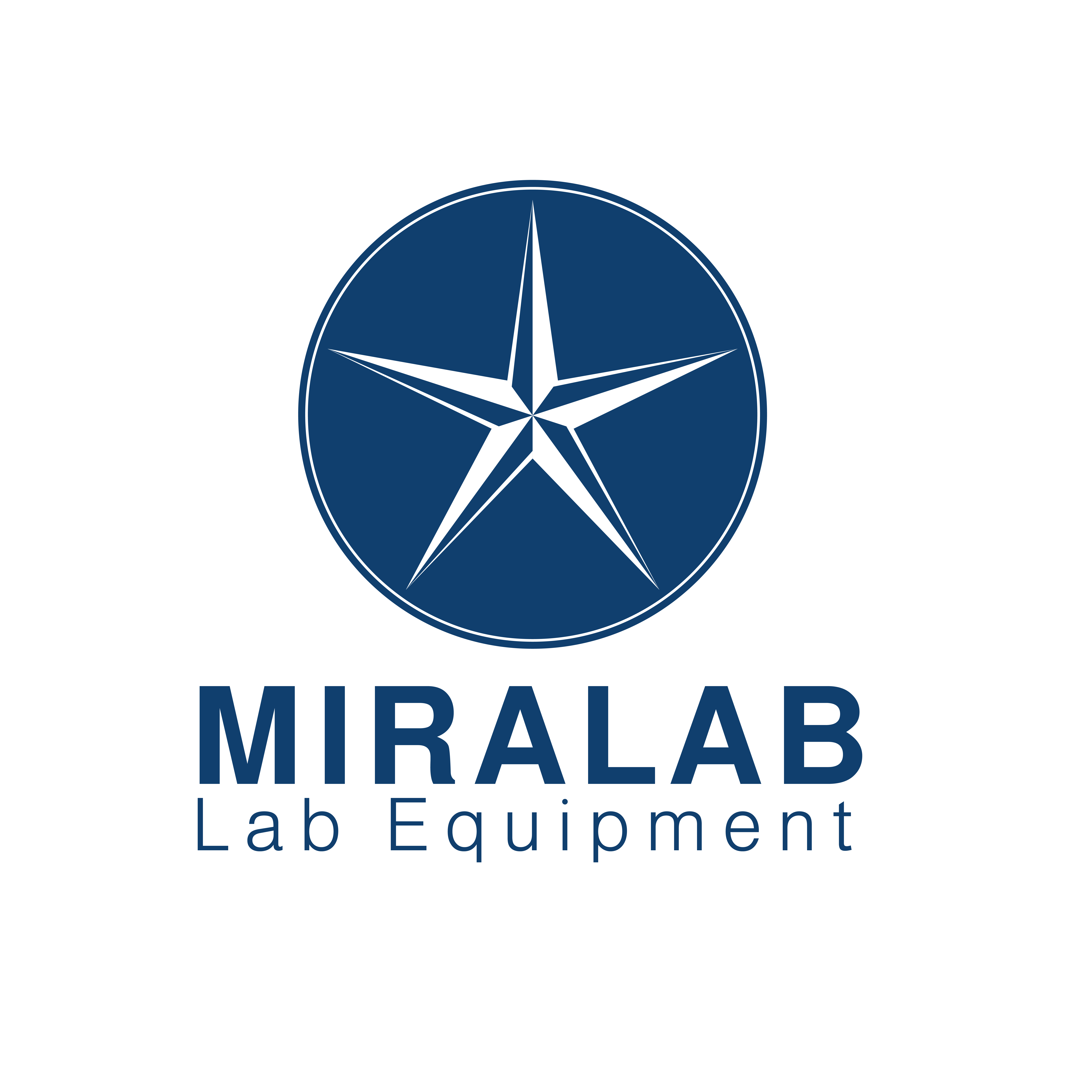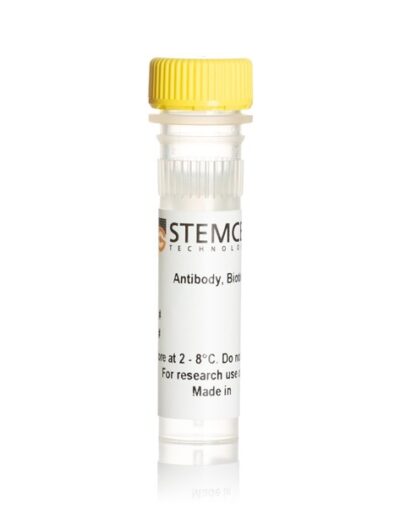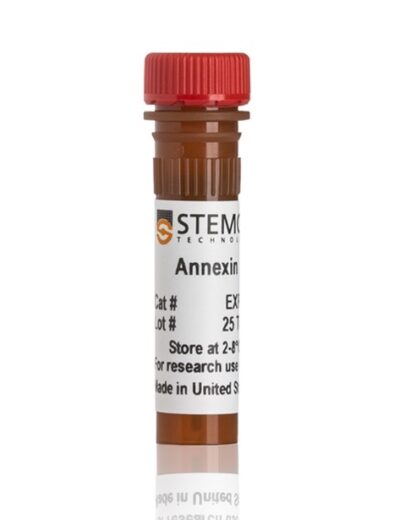Anti-Human CD16 Antibody, Clone 3G8 Mouse monoclonal IgG1 antibody against human, rhesus, cynomolgus CD16
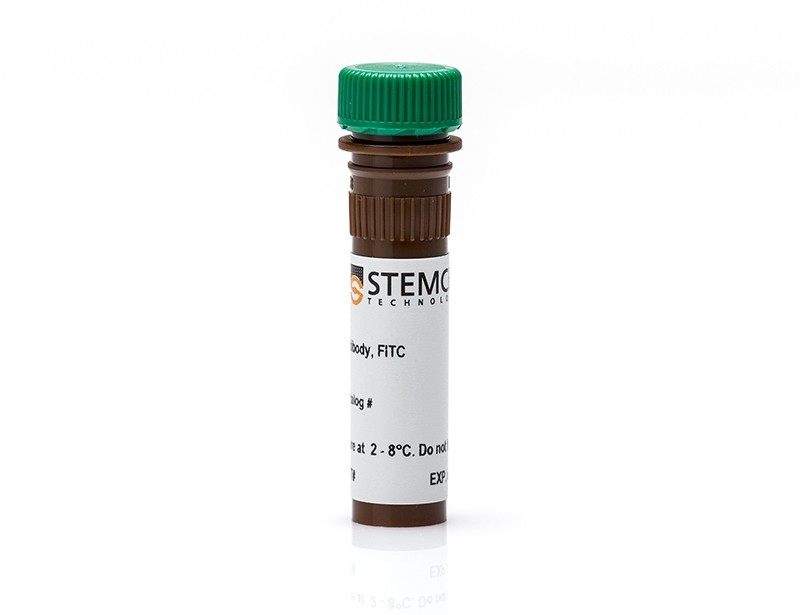
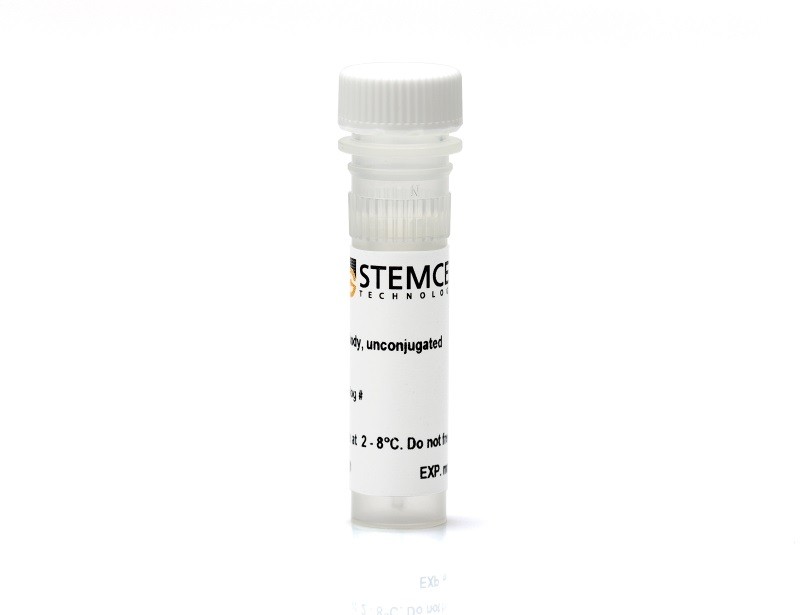
Overview
The 3G8 antibody reacts with CD16 (FcγRIII or low affinity IgG receptor III), a type 1 transmembrane glycoprotein belonging to the Ig superfamily. CD16 exists in two distinct isoforms: CD16a, a 50 – 65 kDa form expressed on NK cells, activated monocytes, macrophages, and placental trophoblasts, and CD16b, an ~48 kDa glycosylphosphatidylinositol (GPI)-anchored form expressed on neutrophils, basophils and eosinophils and found as at least two polymorphic variants, termed NA1 and NA2. CD16 binds weakly to the Fc region of monomeric, aggregated or complexed IgG, particularly the IgG1 and IgG3 isotypes. Binding of IgG to either CD16 isoform induces signaling pathways that modulate several types of responses, including antibody-dependent cell-mediated cytotoxicity (ADCC), phagocytosis, cytokine release and proliferation. CD16/IgG interactions can result in non-specific labeling in antibody-based detection and cell separation experiments and the 3G8 antibody may be employed as a blocking antibody to reduce non-specific binding.
Subtype: Primary Antibodies
Target Antigen: CD16
Alternative Names: CD16A, CD16B, Fc-gamma RIII; FCG3; FCGR3; FCGRIII; FcγRIII; FCR-10, FcRIII, IGFR3, IMD20
Reactive Species: Baboon; Capuchin Monkey; Common Marmoset; Cotton-Topped Tamarin; Cynomolgus; Rhesus; Sooty Mangabey; Squirrel Monkey; Chimpanzee; Human; Macaque
Conjugation: Alexa Fluor 488; APC; Biotin; FITC; PE; Unconjugated
Host Species: Mouse
Cell Type: Granulocytes and Subsets; Monocytes
Application: Cell Isolation; CyTOF; Depletion; ELISA; Flow Cytometry; Functional Assay; Immunocytochemistry; Immunofluorescence; Immunohistochemistry; Immunoprecipitation; Neutralization and Blocking
Area of Interest: Immunology
Clone: 3G8
Gene ID: 2214
Isotype: IgG1, kappa
